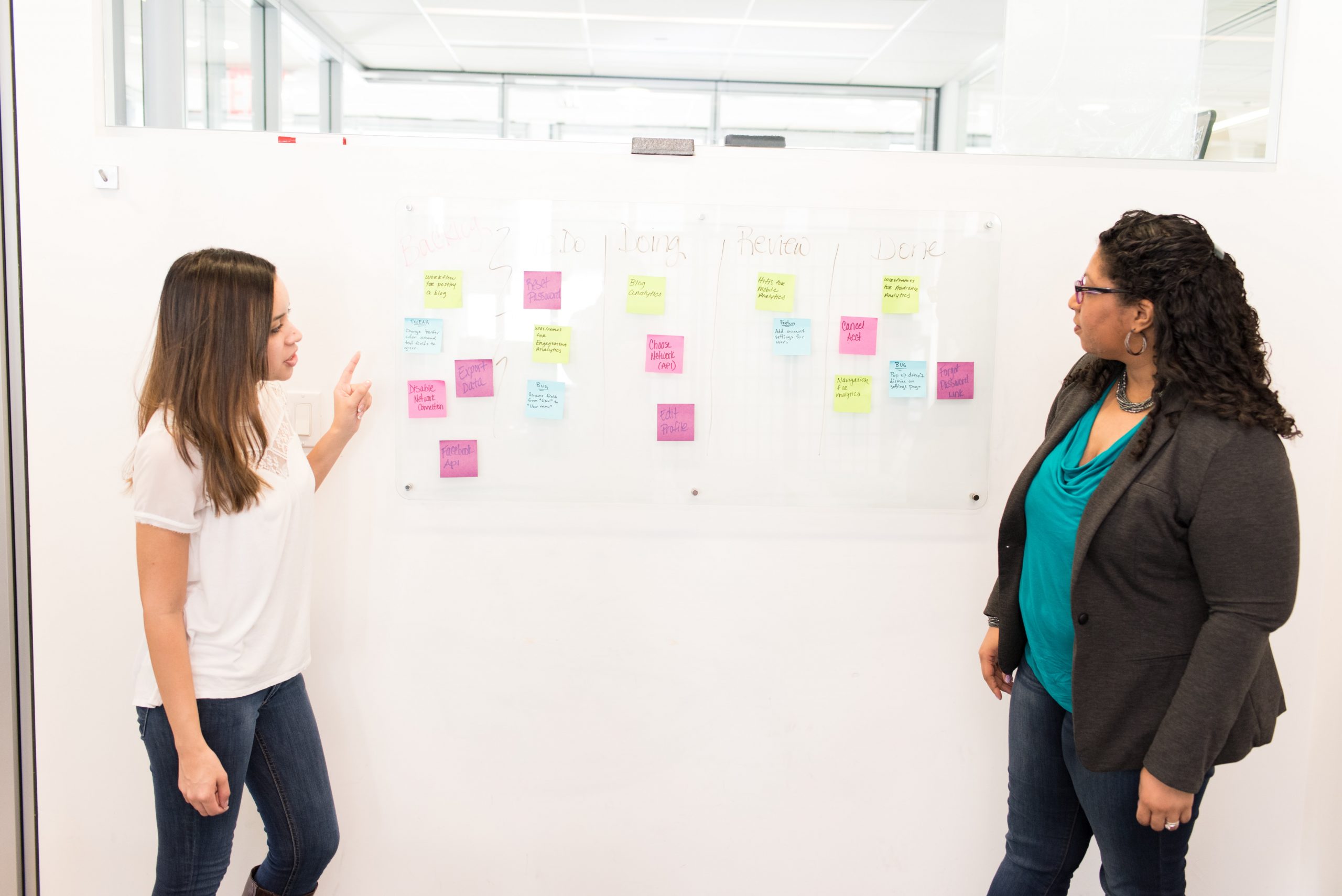To build an excellent monthly budget plan, tally up your monthly requirements, deduct them from your paycheck, and keep the rest for saving purposes. Whether you have a spreadsheet on your computer, budgeting app, or pen and paper, you need to follow some budgeting tips to improve your household budget for the new year.
What should be included in the budget plan?
Here are 17 common items to include in a budget:
- Grocery expenses
- Maintenance of the Home
- House Rental or mortgage payments
- Daily expenses
- Debt payments (secured and unsecured)
- Unexpected costs and Emergency Fun
- Expenses for Guests
- Expenses for travel
- Memberships costs
- Medical expenses
- Insurance premiums
- Pet Care Costs
- Parking fees
- Automobile Registration
- Retirement savings fund
- Donations to Charities
- Entertainment costs
How can people figure out the appropriate allotments for each line item?
To figure out how much you should put into your budget plan for 2022, you should consider a few things.
- It would be best to analyze every aspect of your regular income, such as your paycheck. If you have a side hustle or other occasional income, it’s a good idea to include it here, even if it’s an estimate or average. Ensure that the income you add is computed after taxes.
- Everything you spend money on is included in your costs. It’s a good idea to have a separate line item for each significant expense. Other expenses, even those with a variable cost, should be included within the budget. Consider things like petrol, groceries, or other items that you pay for regularly, yet the amount varies.
- You can track how much you spend on these things every month. Examining your bank and credit card statements is the most significant way to figure out where your money goes. Every dollar spent with your cards is detailed in your transactions. This may require a little more effort if you are a frequent cash user. Monthly statements for each bank account are available to inspect to see how you spend your money.
- You can also use a budgeting program like Mint, or you may need a budgeting app to link all of your accounts and automatically classify your transactions. It’s helpful if you need a little prodding or accountability when you’re first starting.
- Setting financial goals sooner while keeping your expenses in line can be intimidating if you’ve never developed a budget before. It’s OK to take things slowly at first. If that’s the case, consider creating a budget and setting financial goals afterward. Budgets do not have a limit. Instead, they continuously alter or evolve in response to your income, expenses, and objectives.
- If you want to include savings or investment in your goals, now is the time to do so. Many accounts allow you to set up automatic deposits to your financial investment accounts. You can initiate auto-pay and avoid overdrafts as long as you have items listed in your budget.
- Auto-pay will benefit other charges as well. Set up auto-pay on your student loans and even credit cards if you can to ensure you never miss payments. If you fall behind on your payments, your credit score will suffer, and you may find it difficult to borrow money in the future.
How can they ensure they stick to it throughout the year?
Examine several short-term financial goals you’d like to attain. Start by focusing on just one issue you’d like to improve and figuring out how to make it happen. This modest modification will eventually become a habit, allowing you to keep to your budget longer.
It’s all about matching your spending to your values when budgeting. When you keep track of where your money goes, you can determine whether you’re doing everything you can to make your money work for you…or not. If a life event forces you to adjust your spending habits, you’ll be in a solid position to do so quickly.
The best method to achieve this is to divide your spending into two categories: non-negotiable and negotiable. Non-negotiable expenses are those that you can’t live without, such as rent, mortgage, debts payments, groceries, retirement account contribution, savings, investments, medical costs, therapy expenses, etc.
Everything else is a negotiable expense, and it’s something you could cut if you needed to. Setting objectives that are likely beyond your current capabilities can lead to feelings of failure if you don’t meet them. Even if they seem tiny, setting more realistic goals for your situation encourages you to develop healthy financial habits that will last over time.
There’s always the chance of something unexpected happening regarding money. You should incorporate this into your financial strategy to not be caught off guard, and your success is not jeopardized. Starting an emergency fund is one method to prepare for unexpected expenses. An emergency fund is money kept separate from your savings account and can be used to pay any unforeseen costs. In this manner, you can pay off that unexpected cost or cover an unexpected car repair without accumulating too much debt.
Conclusion
One of the best budgeting tips, in my opinion, is to keep track of your credit ratings from the three major credit reporting agencies, Equifax, Experian, and TransUnion. Make sure your family members are informed of your financial condition and goals so you can assist one another in the future. Finally, continue growing your knowledge by studying financial planning and budgeting more.

